![Best Backend Development Project Ideas for Beginners [With Source Code] 1 Post thumbnail](https://www.guvi.com/blog/wp-content/uploads/2024/10/Backend_Development_Projects_Ideas.png)
Best Backend Development Project Ideas for Beginners [With Source Code]
Dec 31, 2024 4 Min Read 1788 Views
(Last Updated)
As you might you have already know, one of the most populated fields of technology is full-stack development and in that, the backend is one prominent work area. To shine in that, you need to have a solid base and to help you achieve that, there are several backend development project ideas that can get you started.
Back-end development projects are a fantastic way to apply what you’ve learned and deepen your understanding of server-side logic, databases, and APIs. Before starting with these projects, make sure that you have a basic understanding of the fundamentals of backend development.
In this article, you go through some of the best backend development project ideas. We’ll be talking about the time taken, and complexity-level, and also will be providing the source code for each.
Table of contents
- Top 10 Backend Development Project Ideas for Beginners
- CRUD To-Do List API
- Blogging Platform API
- Recipe Sharing Platform
- Weather Forecast API
- E-commerce API
- Fitness Workout Tracker API
- Movie Reservation System
- Real-Time Polling App
- Task Management API with User Roles
- URL Shortening Service
- Conclusion
- FAQs
- What are the easy Backend Development project ideas for beginners?
- Why are Backend Development projects important for beginners?
- What skills can beginners learn from Backend Development project ideas?
- Which Backend Development project is recommended for someone with no prior programming experience?
- How long does it typically take to complete a beginner-level Backend Development project?
Top 10 Backend Development Project Ideas for Beginners
![Best Backend Development Project Ideas for Beginners [With Source Code] 2 Backend Development Project Ideas for Beginners](https://www.guvi.in/blog/wp-content/uploads/2024/10/11-1.webp)
The role of a backend developer is crucial in full-stack development and to understand that clearly, you need to get your hands dirty with backend development projects.
Here is a list of 10 top backend development project ideas:
1. CRUD To-Do List API
![Best Backend Development Project Ideas for Beginners [With Source Code] 3 CRUD To-Do List API](https://www.guvi.in/blog/wp-content/uploads/2024/10/1-14.webp)
The CRUD To-Do List API is a great beginner project for practicing building a back-end with the core functionalities of Create, Read, Update, and Delete (CRUD). You’ll learn how to handle basic user inputs, manage a simple database, and design an API that can be easily scaled.
Time Taken: 2-3 days
Project Complexity: Simple
Required Technology Stack: Node.js, Express.js, MongoDB
Security Requirements: JWT authentication to ensure secure access for users.
Learning Outcome: Learn about API design, managing HTTP requests, and MongoDB for database handling.
APIs and Integrations: None required, but you can integrate third-party APIs for notifications or task reminders.
Deployment Strategy: Deploy on platforms like Heroku or Netlify using MongoDB Atlas for data storage.
Source Code: To-Do List API
2. Blogging Platform API
![Best Backend Development Project Ideas for Beginners [With Source Code] 4 Blogging Platform API](https://www.guvi.in/blog/wp-content/uploads/2024/10/4-18.webp)
This project focuses on building a RESTful API for a blogging platform where users can manage blog posts, categorize them, and comment. This project will help you gain an understanding of user authentication, session management, and CRUD operations.
Time Taken: 4-5 days
Project Complexity: Moderate
Required Technology Stack: Django, PostgreSQL
Security Requirements: Implement OAuth or JWT for user authentication.
Learning Outcome: Learn about relational databases (PostgreSQL), building REST APIs, and handling user sessions.
APIs and Integrations: You can integrate external social media sharing APIs.
Deployment Strategy: AWS EC2 instance with PostgreSQL and Docker.
Source Code: Blogging Platform
3. Recipe Sharing Platform
![Best Backend Development Project Ideas for Beginners [With Source Code] 5 Recipe Sharing Platform](https://www.guvi.in/blog/wp-content/uploads/2024/10/2-16.webp)
A recipe-sharing platform allows users to share their favorite recipes, along with images and categories. This project will teach you how to handle user authentication, image uploads, and querying a database efficiently.
Time Taken: 1 week
Project Complexity: Moderate
Required Technology Stack: Flask, SQLite, Cloudinary for image handling
Security Requirements: Use hashed passwords and JWT tokens for secure user logins.
Learning Outcome: File management, image processing, and working with databases.
APIs and Integrations: Integrate with Cloudinary for image uploads and processing.
Deployment Strategy: Deploy using Docker containers on a cloud platform like DigitalOcean.
Source Code: Recipe Sharing Platform
4. Weather Forecast API
This project involves building an API that fetches real-time weather data from a third-party API like OpenWeatherMap. The API returns weather data based on location, and users can make queries for specific cities or coordinates.
Time Taken: 3-4 days
Project Complexity: Simple
Required Technology Stack: Node.js, Express.js, OpenWeather API
Security Requirements: Secure the API with an API key to avoid misuse.
Learning Outcome: Learn about API integration and working with third-party APIs.
APIs and Integrations: Integrate OpenWeather API for real-time data.
Deployment Strategy: Deploy on Vercel or Netlify with continuous integration and automatic updates.
Source Code: Weather Forecast API
5. E-commerce API
![Best Backend Development Project Ideas for Beginners [With Source Code] 6 E-commerce API](https://www.guvi.in/blog/wp-content/uploads/2024/10/3-15.webp)
This project involves developing the back-end of an e-commerce platform where users can browse products, add them to the cart, and make purchases. You’ll work on complex database relations, session handling, and payment gateway integrations.
Time Taken: 1-2 weeks
Project Complexity: High
Required Technology Stack: Node.js, Express.js, MongoDB, Stripe for payments
Security Requirements: Implement SSL for secure transactions, encrypt user data, and utilize JWT for user authentication.
Learning Outcome: Learn about integrating payment gateways, working with product databases, and session handling.
APIs and Integrations: Stripe for handling payments and MongoDB for storing product data.
Deployment Strategy: Use Kubernetes for scaling and deploy on AWS or Heroku.
Source Code: E-commerce API
6. Fitness Workout Tracker API
![Best Backend Development Project Ideas for Beginners [With Source Code] 7 Fitness Workout Tracker API](https://www.guvi.in/blog/wp-content/uploads/2024/10/6-13.webp)
This project involves building an API for users to track their workouts. It allows users to create, edit, and manage their exercise routines, making this a great project to practice working with user-specific data, dates, and times.
Time Taken: 5-7 days
Project Complexity: Moderate
Required Technology Stack: Node.js, Express, MongoDB
Security Requirements: JWT for user authentication to ensure only authorized users can modify data.
Learning Outcome: Learn CRUD operations, user-specific data storage, and date-time manipulation.
APIs and Integrations: No external integrations are required unless you wish to add fitness data APIs.
Deployment Strategy: Deploy using Docker containers on a cloud platform like AWS or DigitalOcean.
Source Code: Fitness Tracker API
7. Movie Reservation System
![Best Backend Development Project Ideas for Beginners [With Source Code] 8 Movie Reservation System](https://www.guvi.in/blog/wp-content/uploads/2024/10/8-9.webp)
Build a movie reservation system that allows users to select movies, choose their seats, and make bookings. This project is an excellent way to understand how to manage complex data and relationships in a relational database.
Time Taken: 1-2 weeks
Project Complexity: High
Required Technology Stack: Node.js, MySQL, Stripe for payment gateway
Security Requirements: Secure sensitive payment data with SSL and use JWT tokens for user sessions.
Learning Outcome: Learn relational database design, session handling, and working with external payment gateways.
APIs and Integrations: Stripe for payment processing.
Deployment Strategy: Use Kubernetes for scaling, and deploy on AWS EC2 with MySQL database.
Source Code: Movie Reservation System
8. Real-Time Polling App
![Best Backend Development Project Ideas for Beginners [With Source Code] 9 Real-Time Polling App](https://www.guvi.in/blog/wp-content/uploads/2024/10/9-7.webp)
This project teaches you how to work with real-time data using WebSockets. Users can create polls, vote, and see results live. This is a great project to practice real-time interactions and data synchronization.
Time Taken: 1 week
Project Complexity: Moderate
Required Technology Stack: Node.js, WebSockets, Redis
Security Requirements: Ensure secure WebSocket connections using SSL, and use JWT tokens for user authentication.
Learning Outcome: Learn real-time data handling using WebSockets and state management.
APIs and Integrations: No external integrations are required unless you want to include third-party voting or analytics APIs.
Deployment Strategy: Deploy on a serverless platform like AWS Lambda for scaling real-time interactions.
Source Code: Polling App
9. Task Management API with User Roles
![Best Backend Development Project Ideas for Beginners [With Source Code] 10 Task Management API with User Roles](https://www.guvi.in/blog/wp-content/uploads/2024/10/7-12.webp)
This project involves building a task management API where users can create and manage tasks based on their roles (e.g., admin, manager, employee). You’ll learn how to implement role-based access control, which is a critical feature in back-end development when dealing with different types of users.
Time Taken: 5-7 days
Project Complexity: Moderate
Required Technology Stack: Node.js, Express, PostgreSQL
Security Requirements: Implement role-based access control (RBAC) with JWT to ensure different user types have appropriate access.
Learning Outcome: Learn to manage user roles, and permissions, and how to secure endpoints based on user access levels.
APIs and Integrations: Optionally, integrate an external notification service like Twilio to send task reminders.
Deployment Strategy: Deploy on Heroku or AWS with PostgreSQL and Docker for containerization.
Source Code: Task Management API
10. URL Shortening Service
![Best Backend Development Project Ideas for Beginners [With Source Code] 11 URL Shortening Service](https://www.guvi.in/blog/wp-content/uploads/2024/10/10-7.webp)
Build a URL-shortening service that converts long URLs into shorter, easily shareable versions. This project is ideal for learning about URL routing, database storage, and RESTful API design.
Time Taken: 3-5 days
Project Complexity: Simple
Required Technology Stack: Node.js, Express, MongoDB
Security Requirements: Implement rate limiting to prevent abuse and use HTTPS for secure connections.
Learning Outcome: Learn about URL routing, database storage, and hashing algorithms.
APIs and Integrations: No external integrations are required, but you can add Google Analytics for tracking shortened URL performance.
Deployment Strategy: Deploy on a platform like Heroku or DigitalOcean with Docker.
Source Code: URL Shortener
These Backend development projects cover a wide range of skills from simple CRUD operations to real-time data handling and complex database relations.
By exploring these backend development project ideas, you’ll gain practical experience with back-end technologies and be ready to tackle more advanced concepts.
In case you want to learn more about Backend development, consider enrolling in GUVI’s Full stack Development course that teaches you everything from scratch and equips you with all the necessary knowledge!
Conclusion
In conclusion, starting with backend development project ideas can be a great way to reinforce your learning. The key is to begin with simpler ideas like a CRUD To-Do List API and gradually take on more challenging projects like an E-commerce API.
Each backend development project teaches new concepts, from database management to integrating payment gateways, making you a more well-rounded back-end developer.
FAQs
1. What are the easy Backend Development project ideas for beginners?
For beginners, simple CRUD APIs like a To-Do List or a Weather Forecast API are great starting points. These projects allow you to understand the basics of handling data and integrating third-party APIs.
2. Why are Backend Development projects important for beginners?
Projects are crucial because they help you apply your theoretical knowledge in real-world scenarios. They provide practical experience in managing databases, APIs, and authentication, which are core elements of back-end development.
3. What skills can beginners learn from Backend Development project ideas?
By working on these projects, beginners can learn essential skills like API design, database management, server-side logic, and security practices such as JWT-based authentication and encryption.
4. Which Backend Development project is recommended for someone with no prior programming experience?
A simple CRUD-based API like a To-Do List or Weather Forecast API is a great place to start for someone with no prior experience. These projects are easy to build and help in understanding core back-end concepts.
5. How long does it typically take to complete a beginner-level Backend Development project?
On average, a beginner-level project can take anywhere from 3 days to 2 weeks, depending on its complexity and the developer’s familiarity with the Required Technology Stack.






















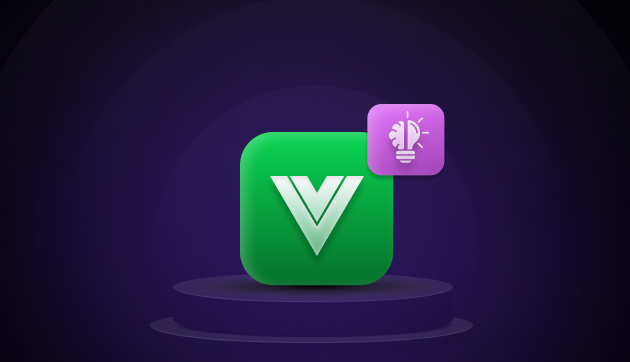
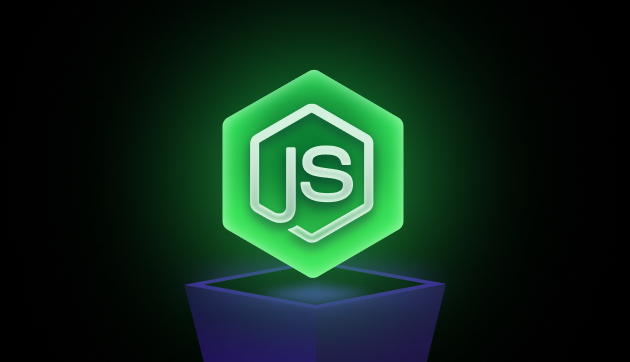
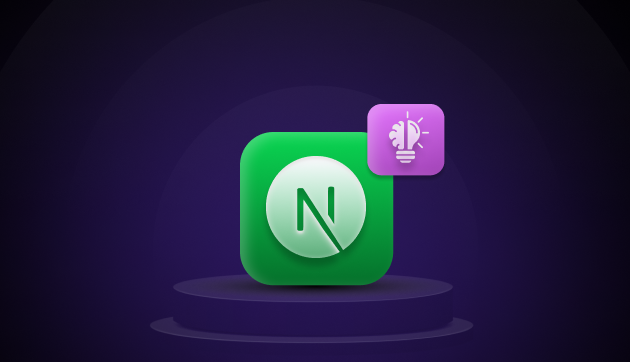
![Top 10 React Native Project Ideas [With Source Code] 12 React Native Project Ideas](https://www.guvi.com/blog/wp-content/uploads/2024/10/React_Project_Ideas.png)
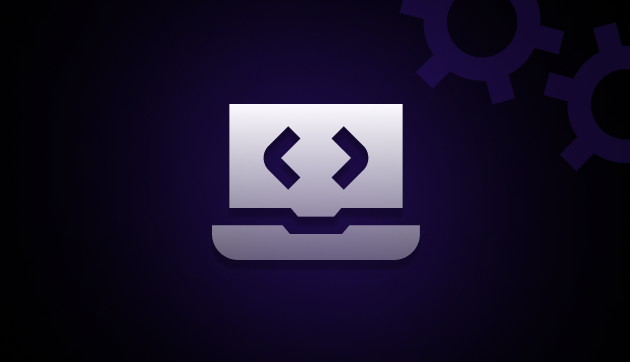
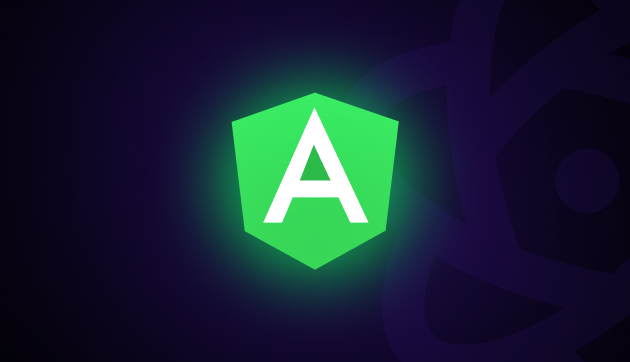
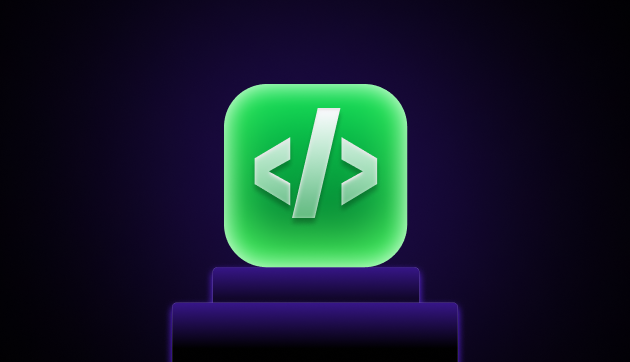
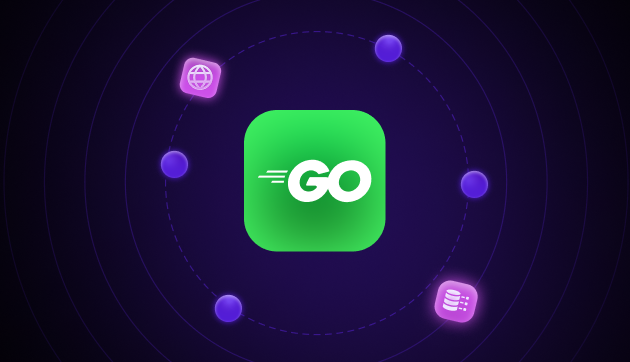
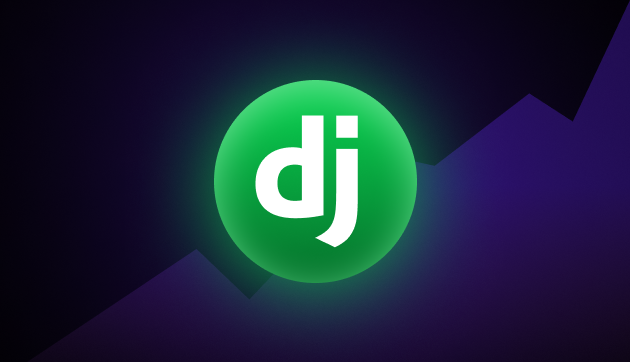
Did you enjoy this article?